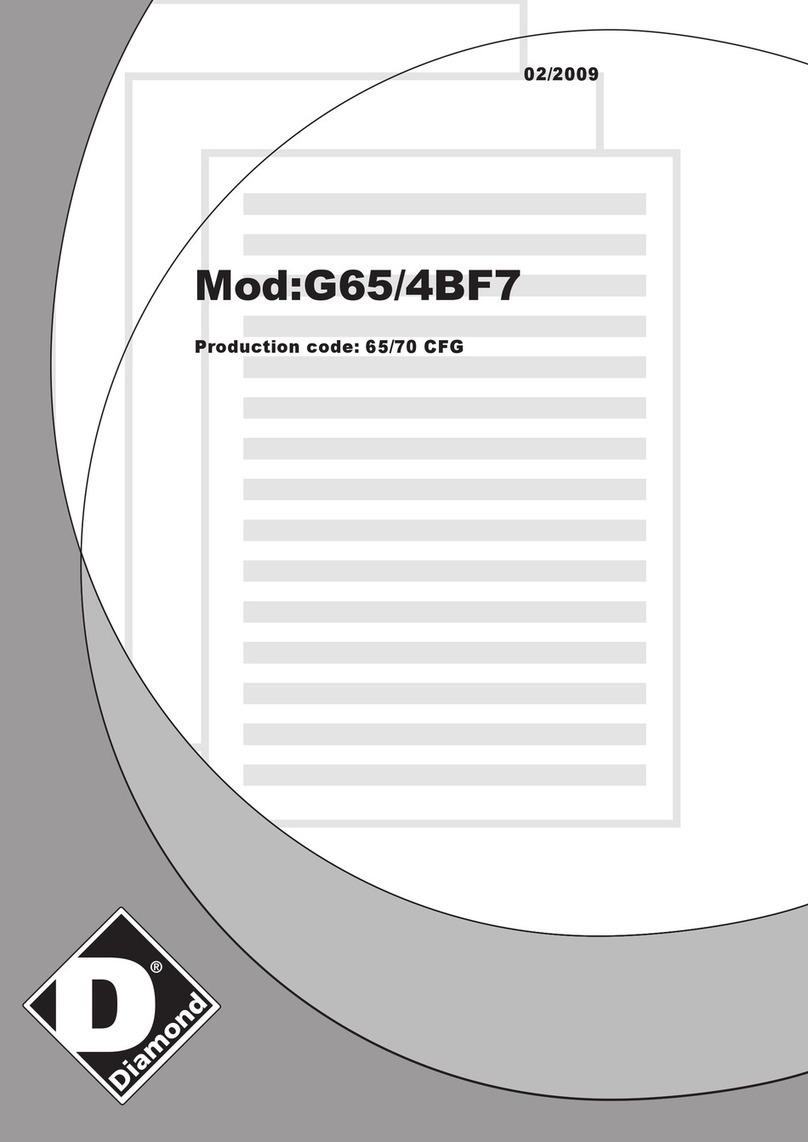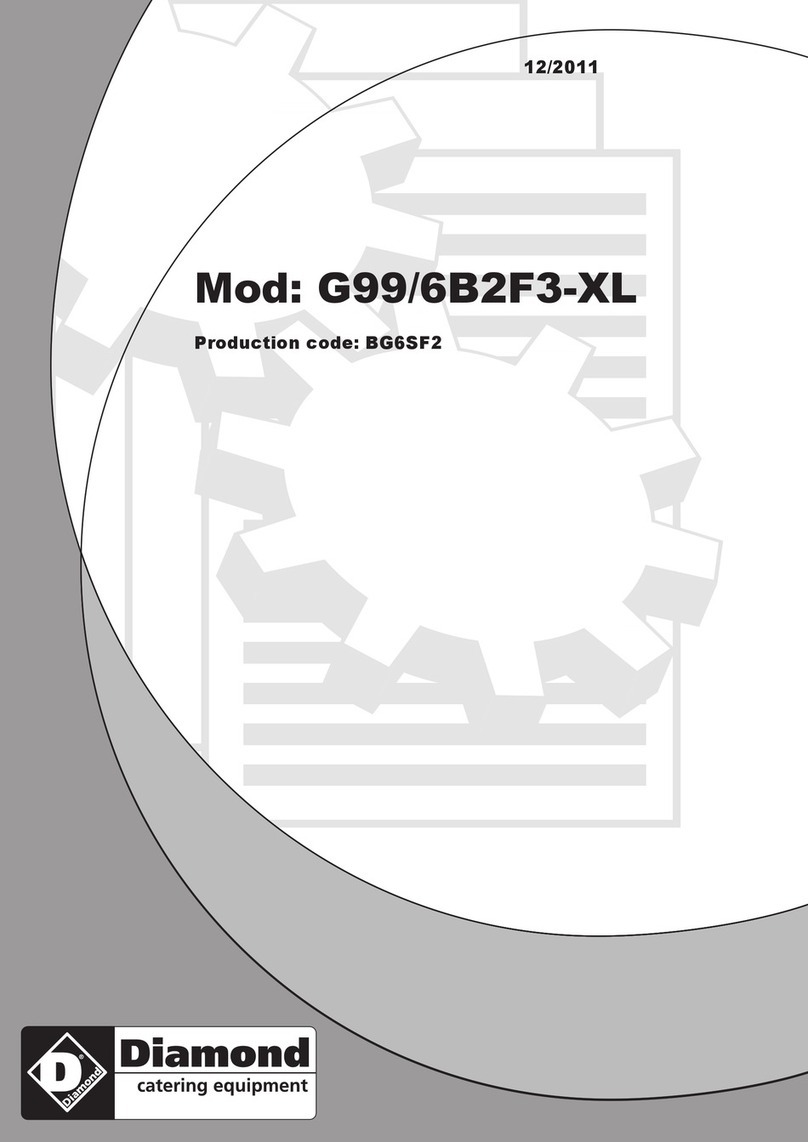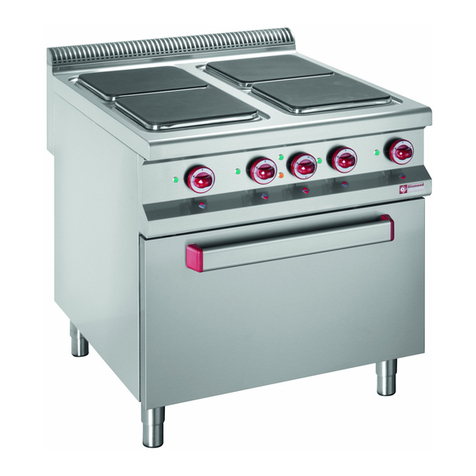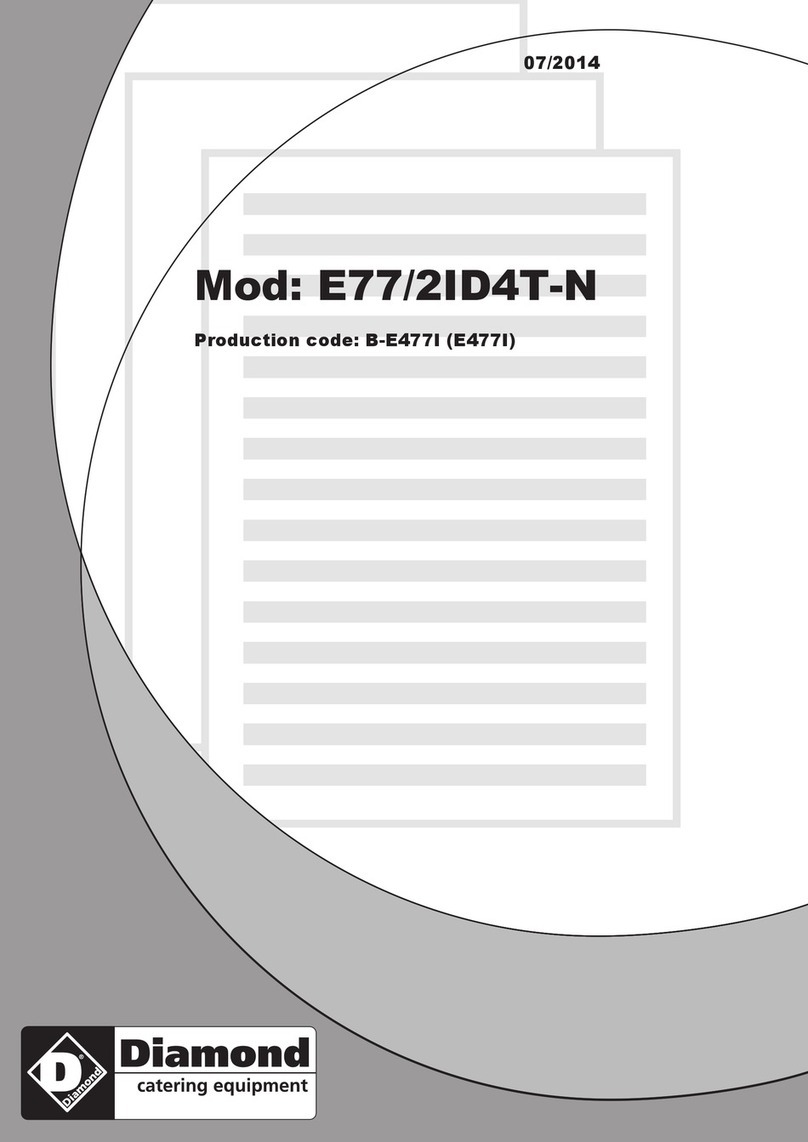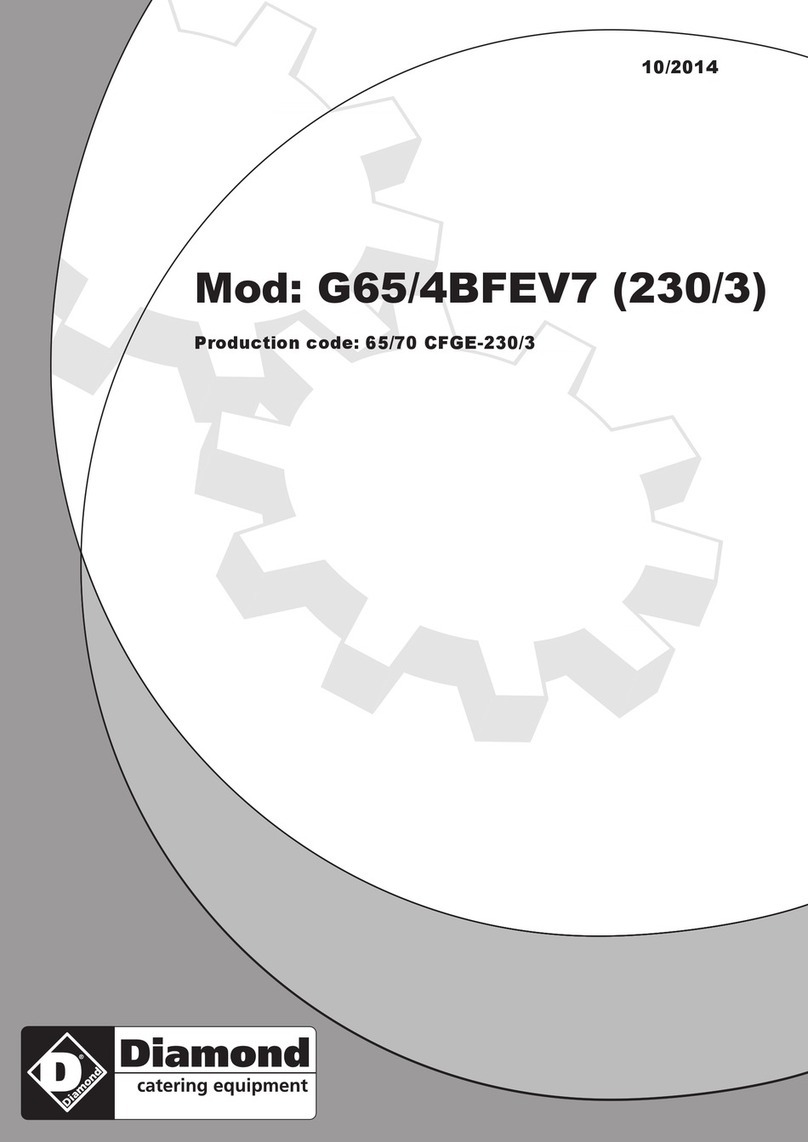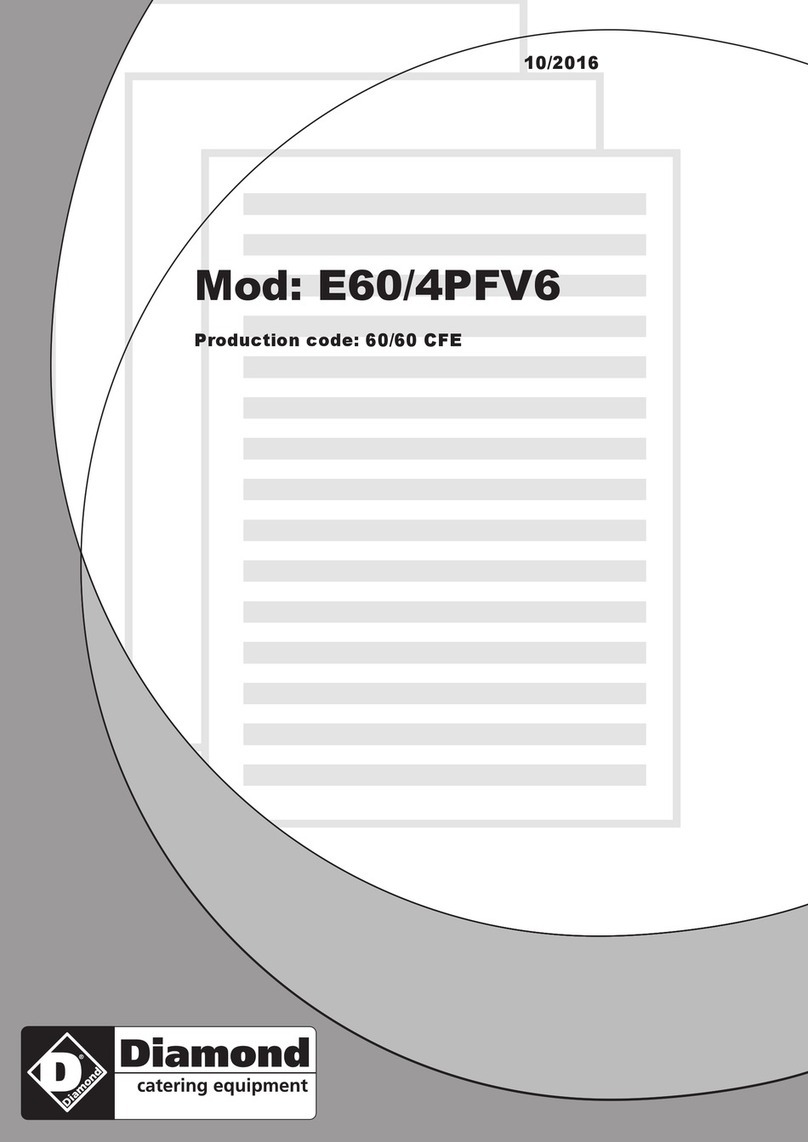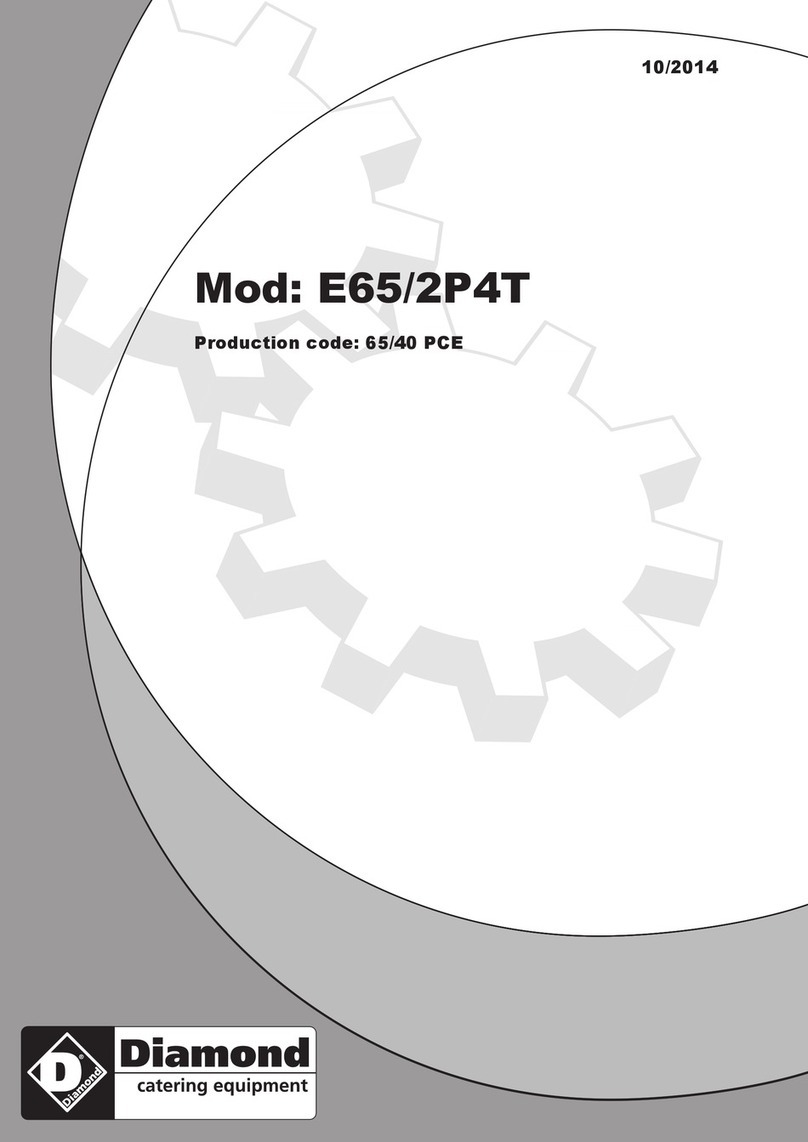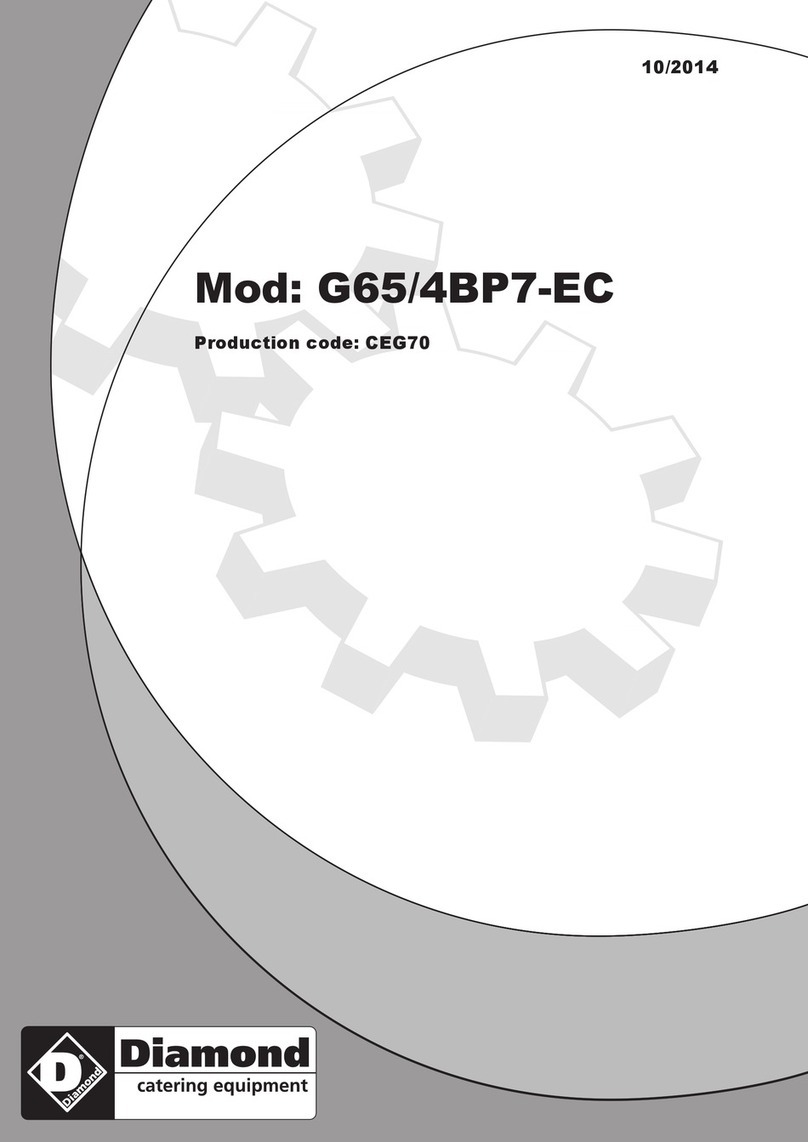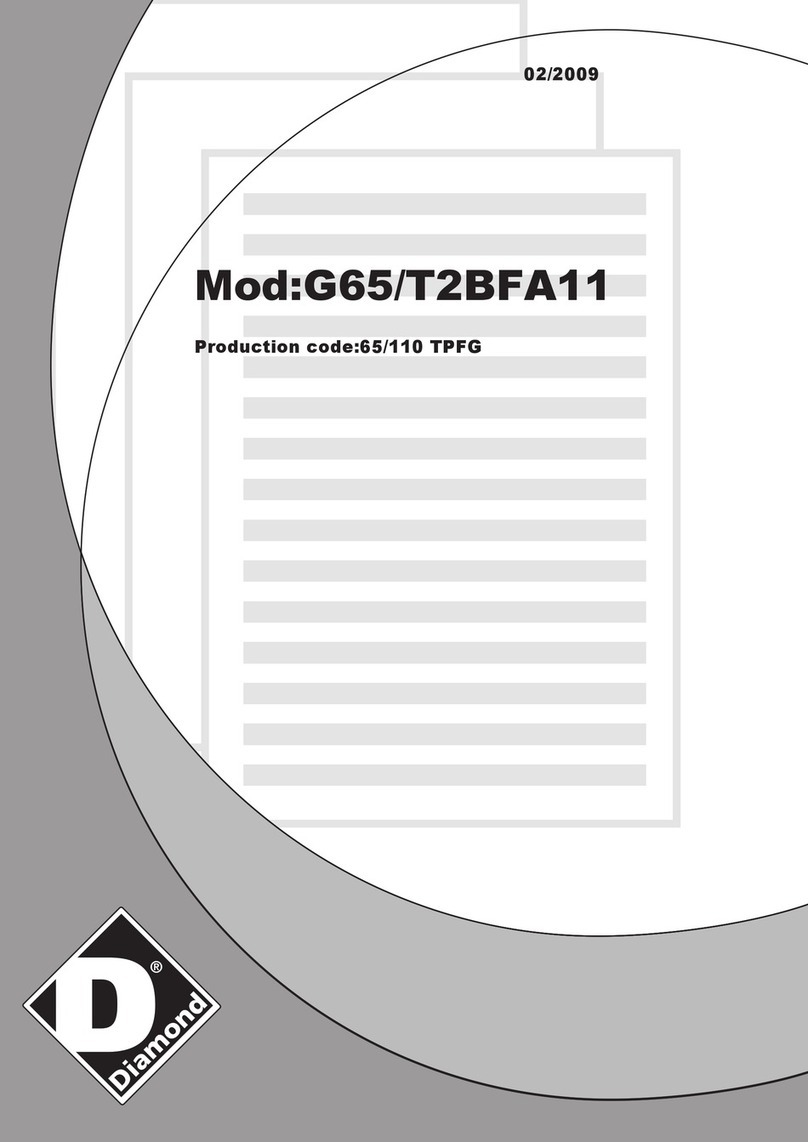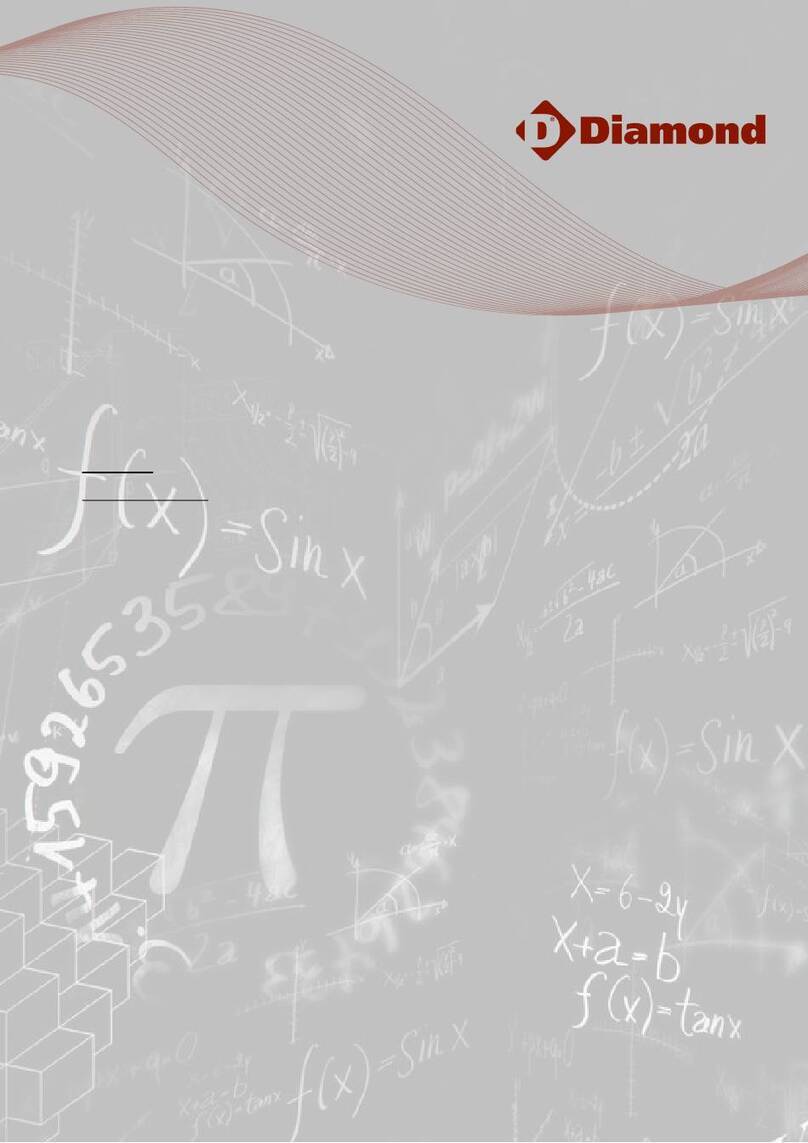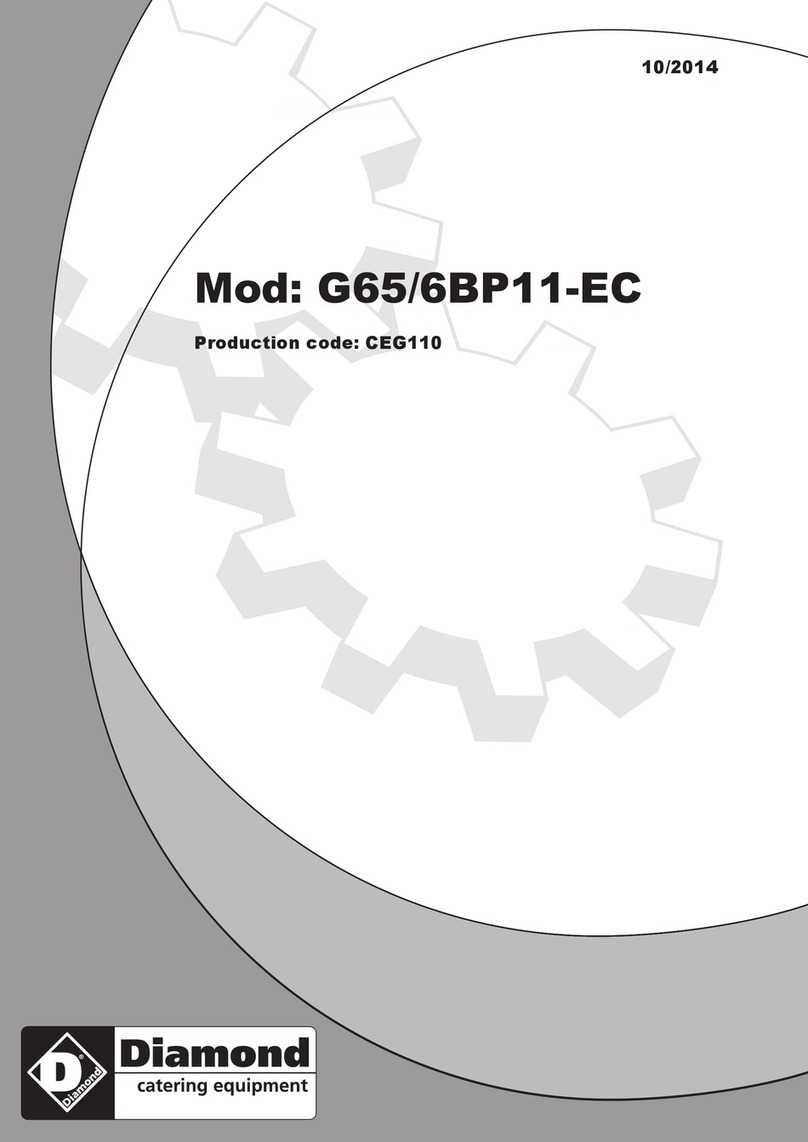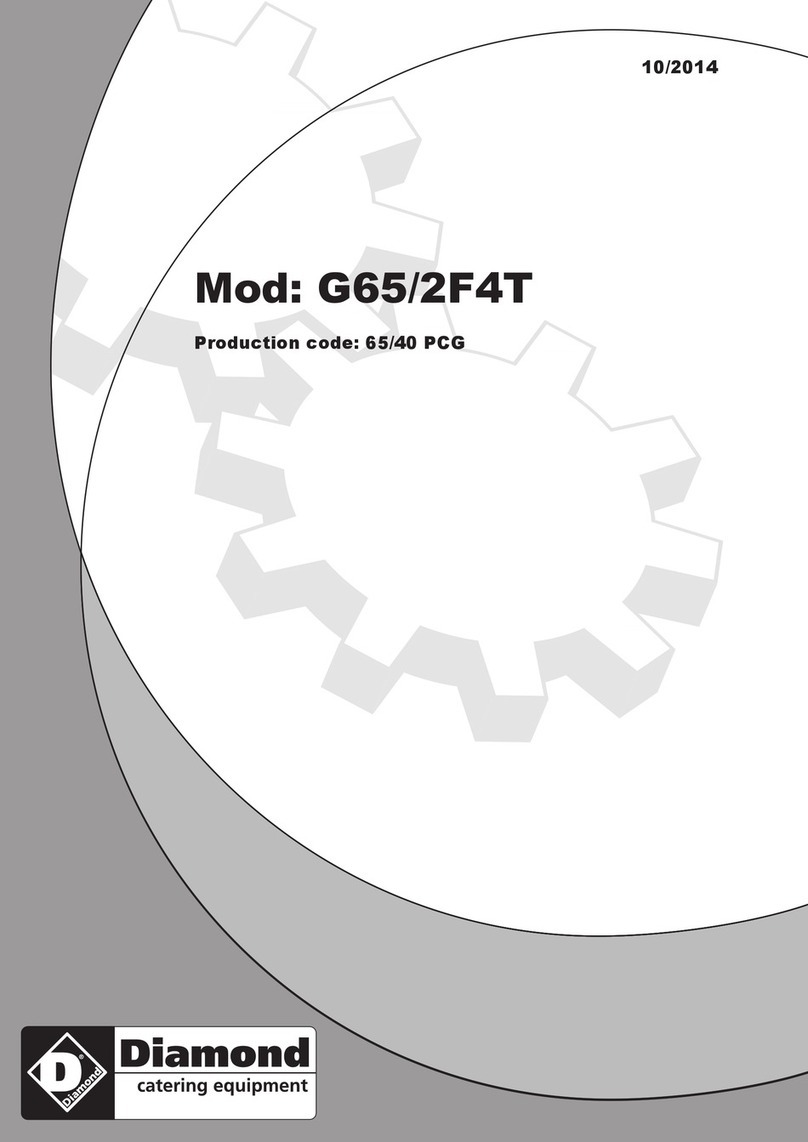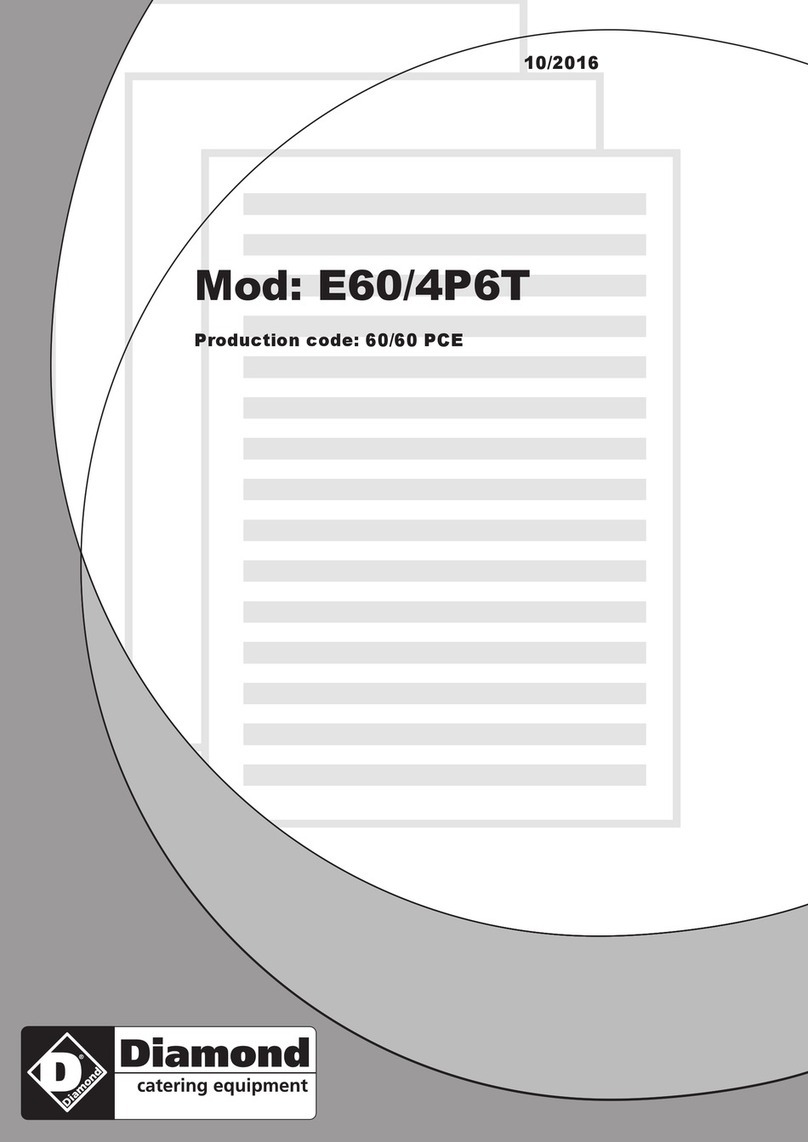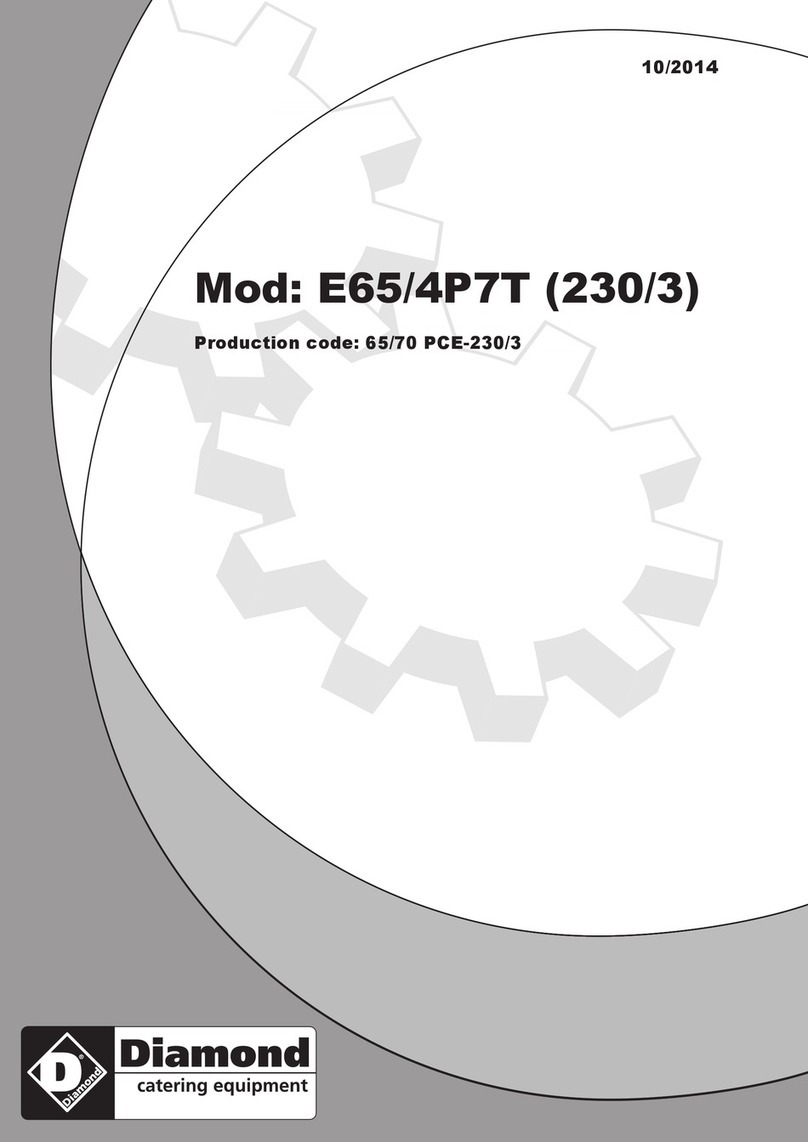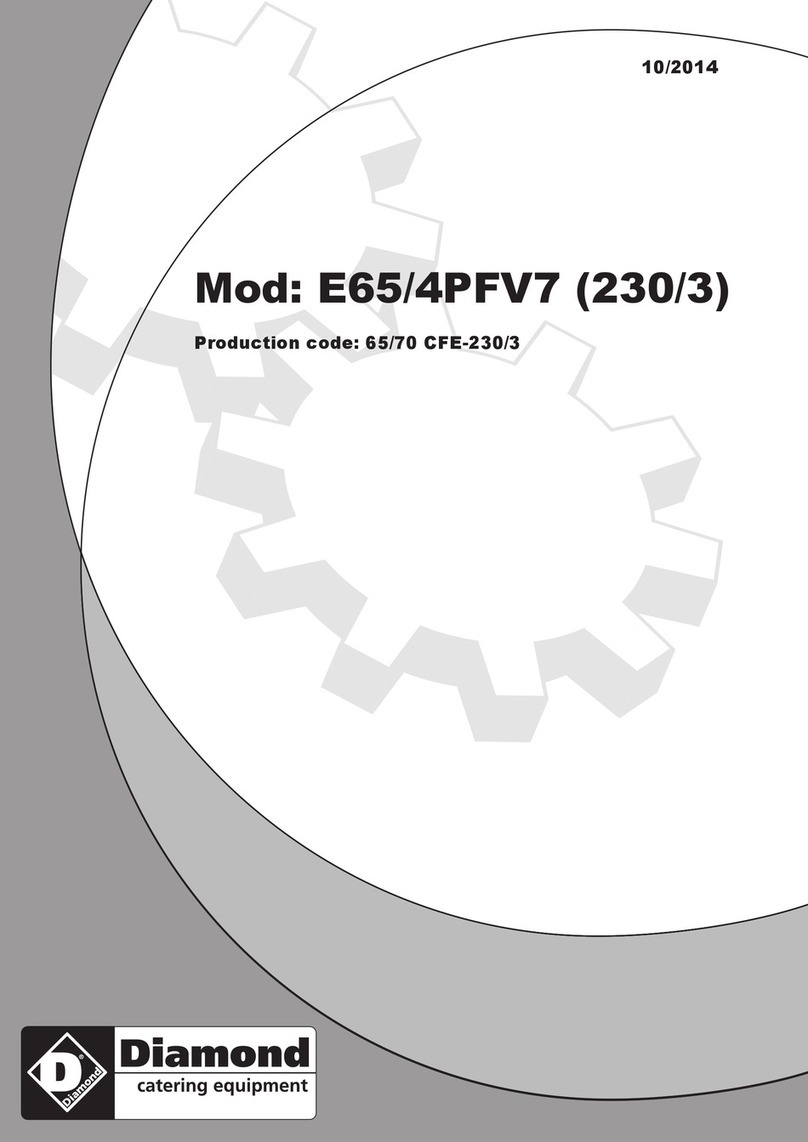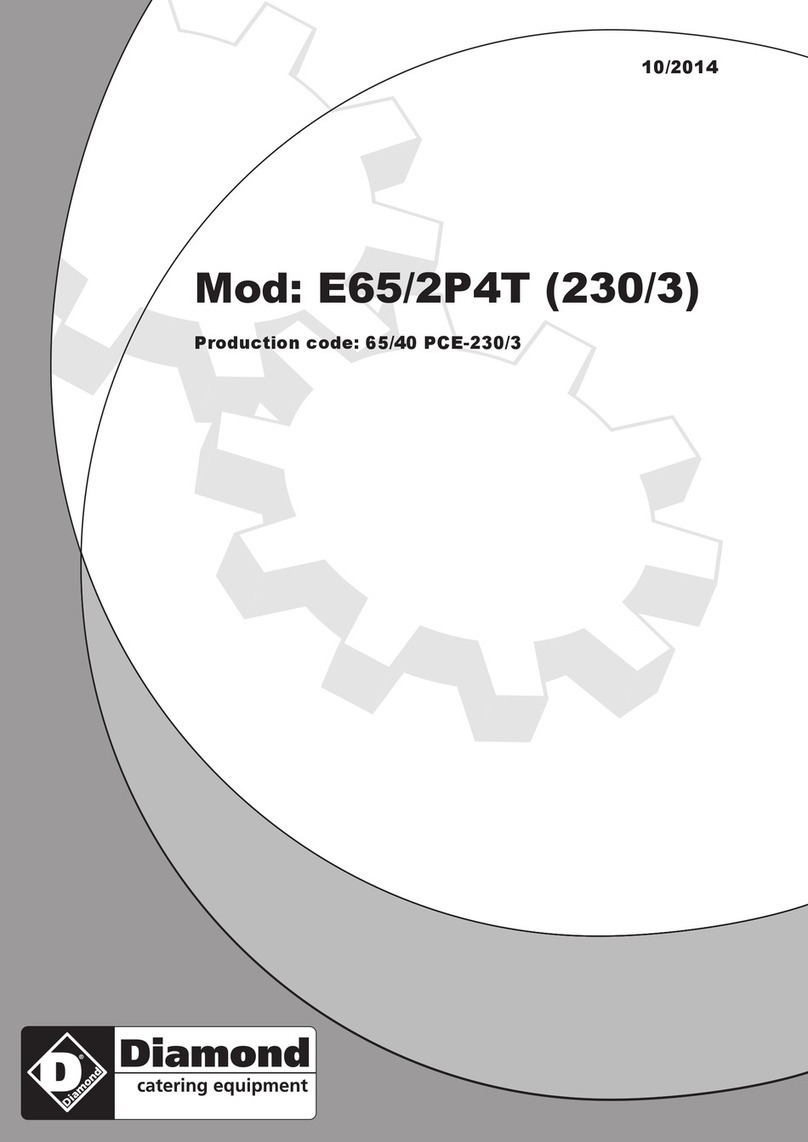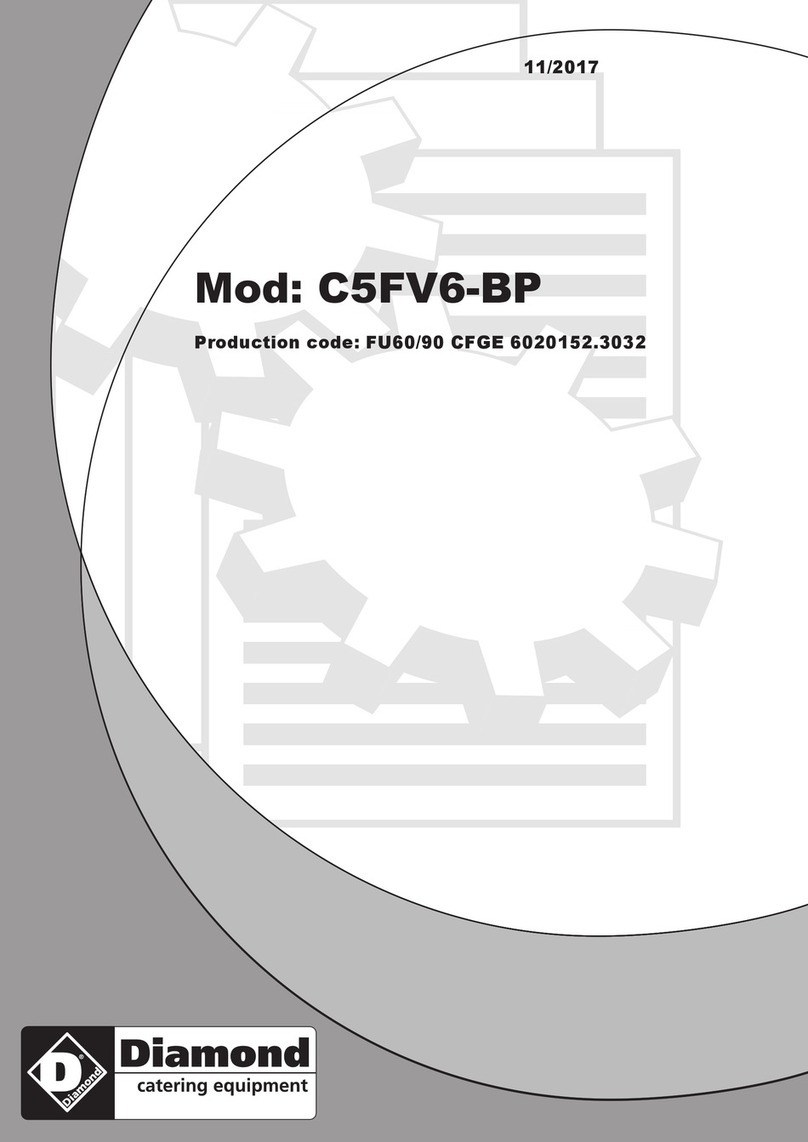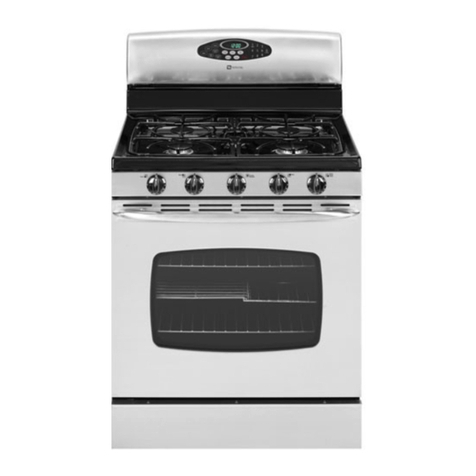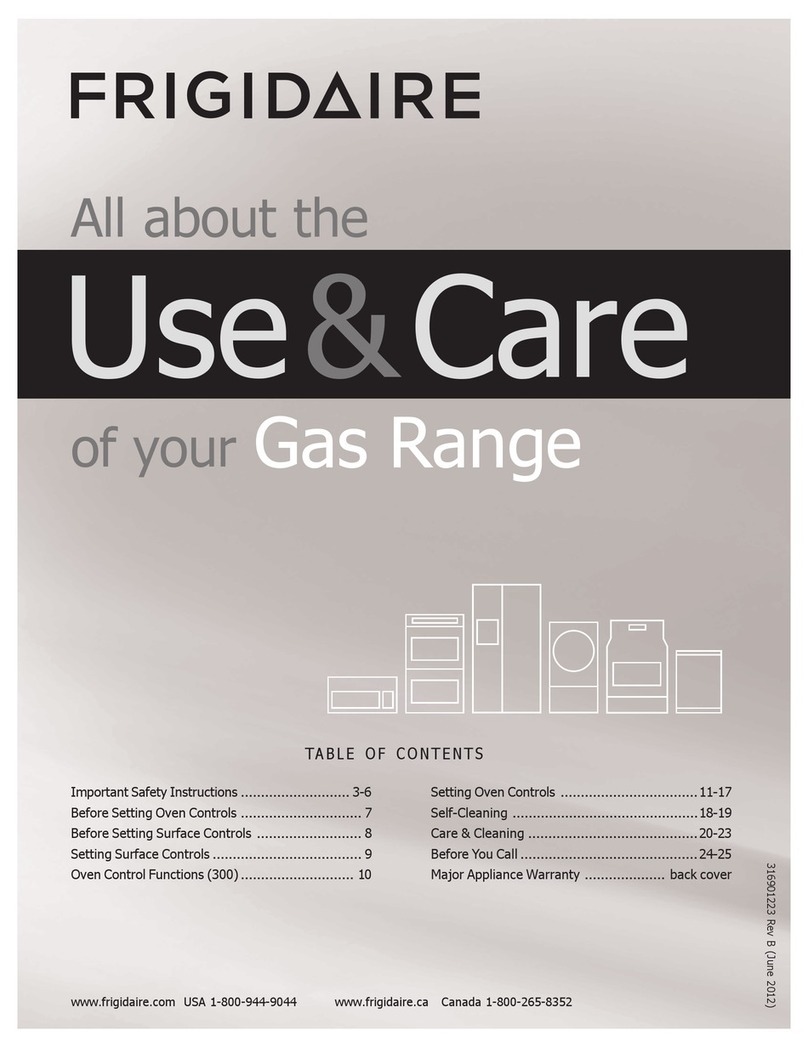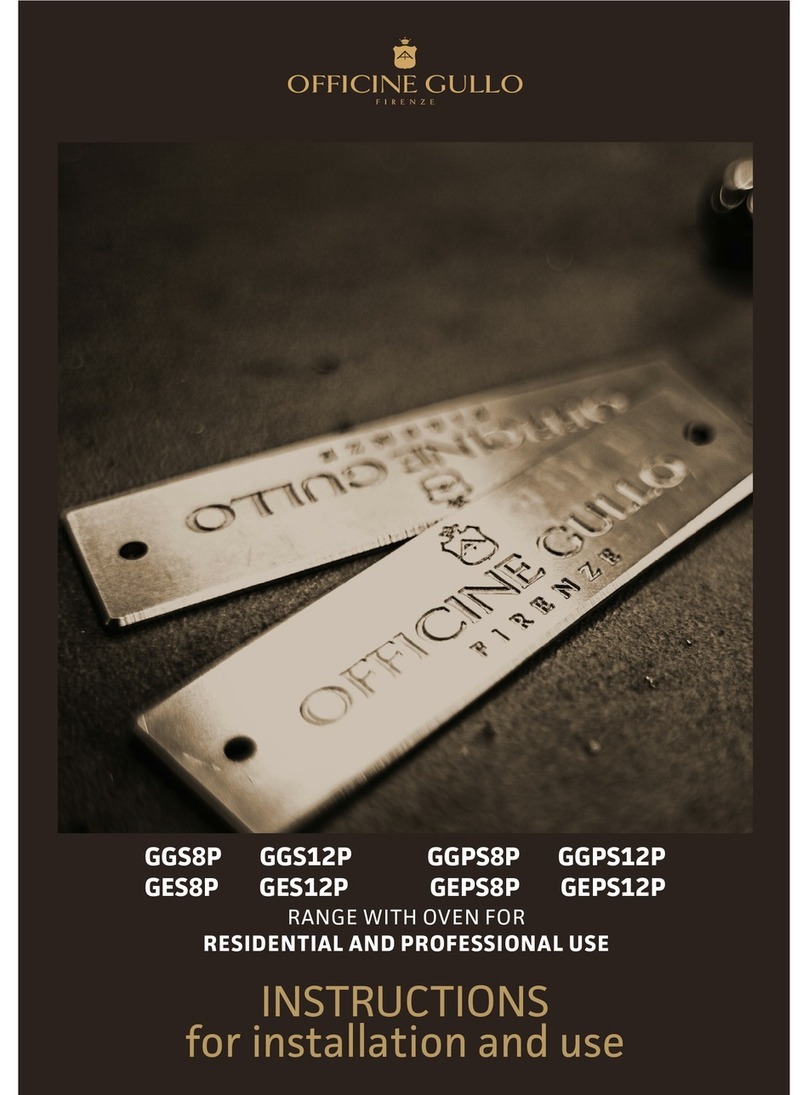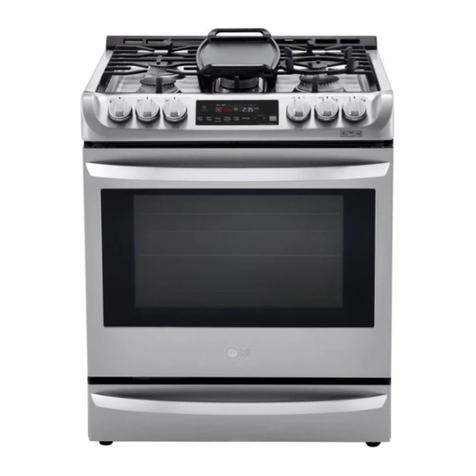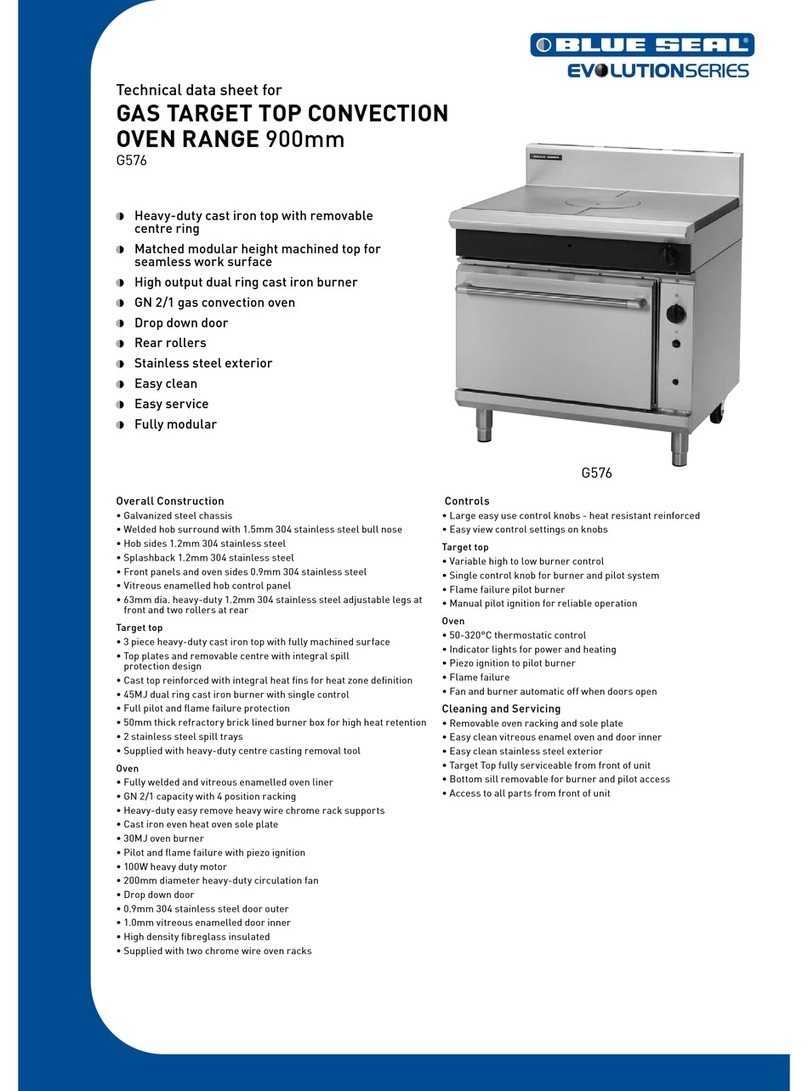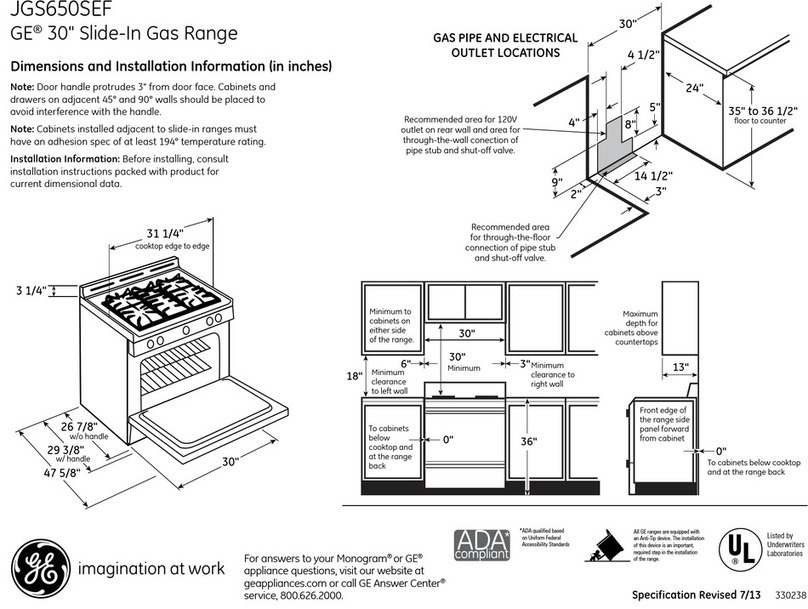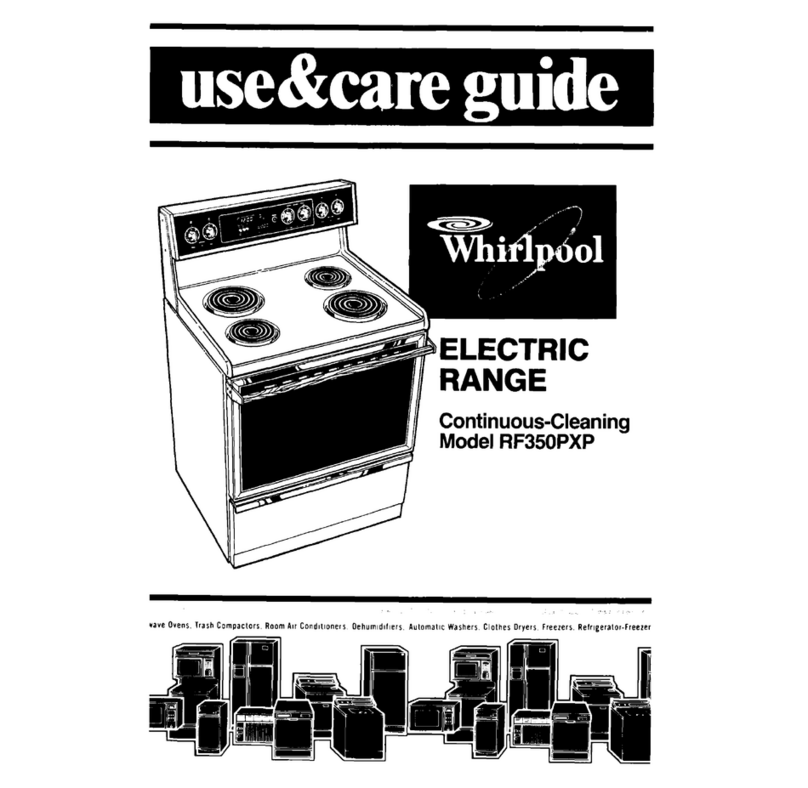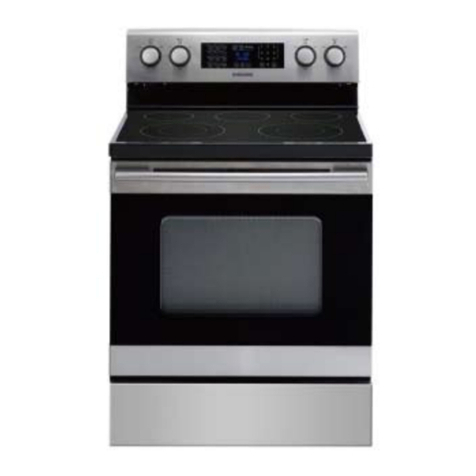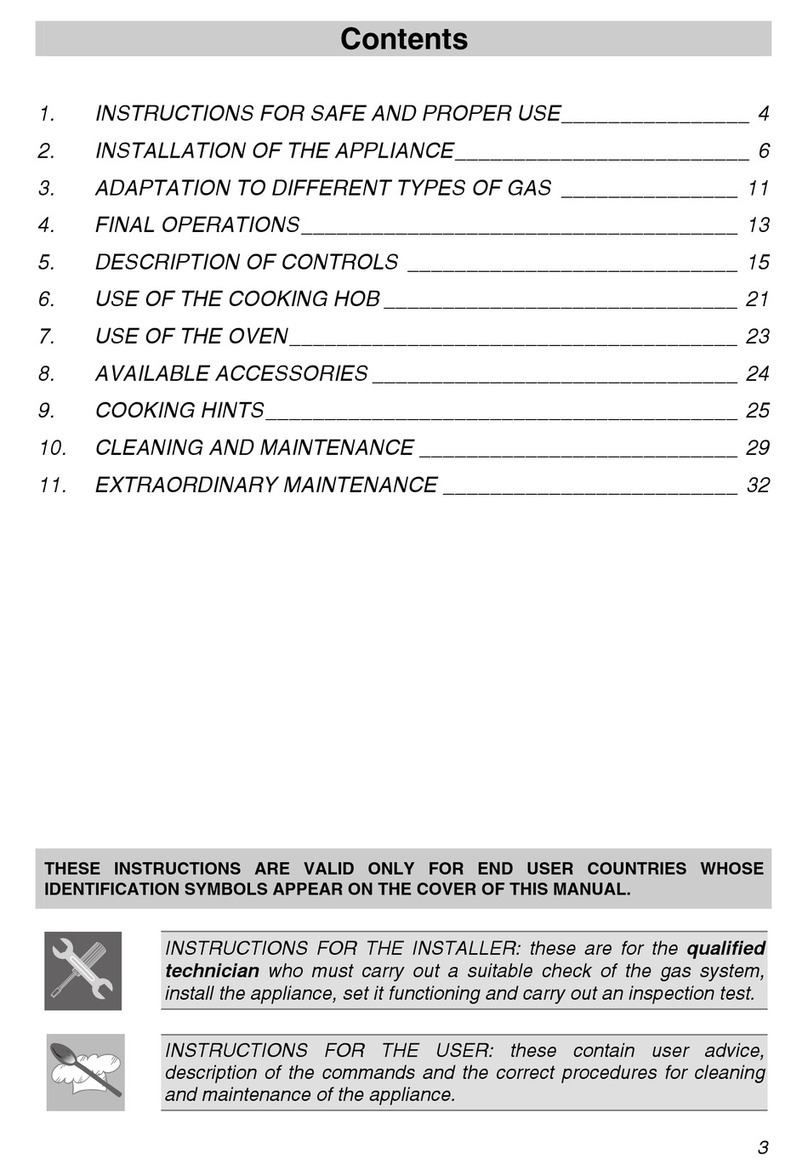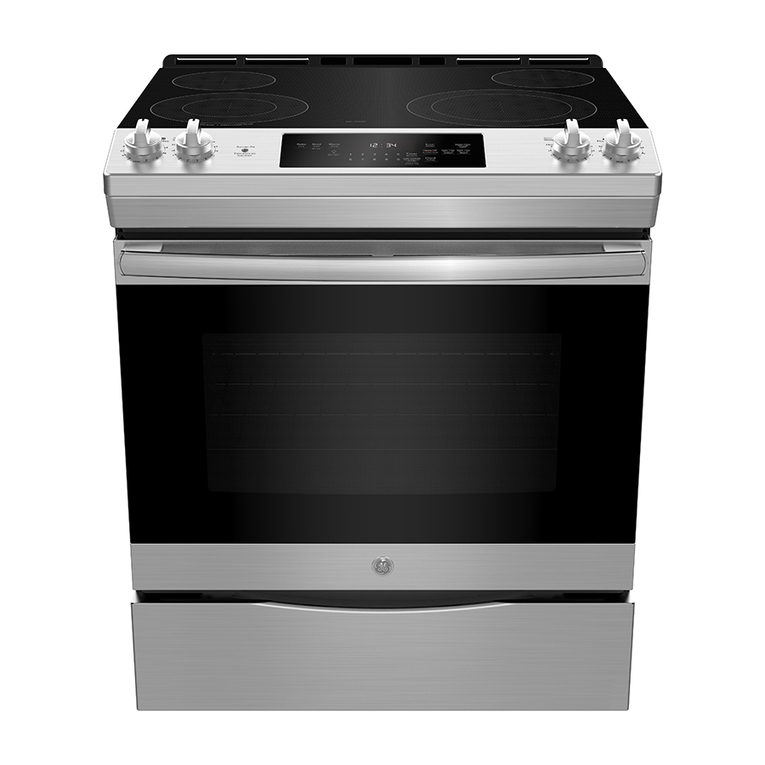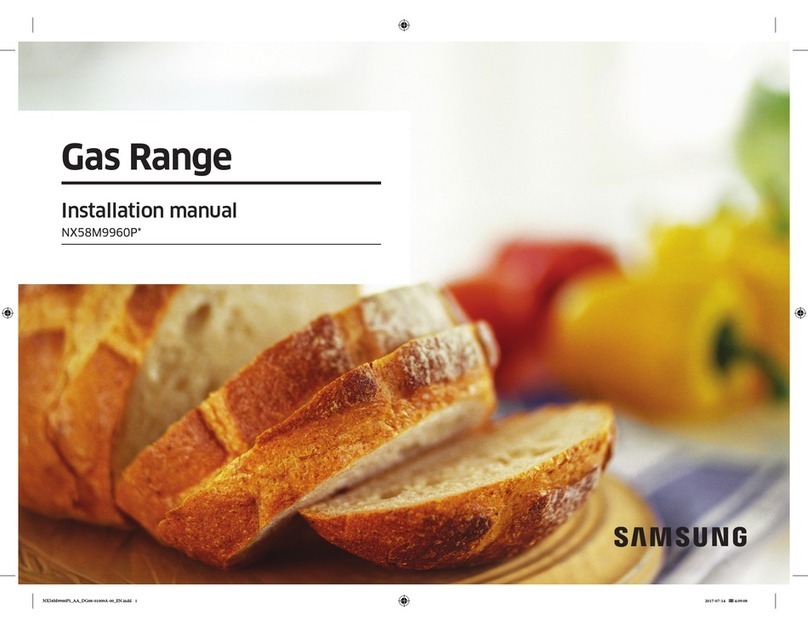
5. Regulating the minimum flame:
remove the cock knob (8) , use a screwdriver to turn the cock (6) adjustment screw (7)
until you get the minimum flame required .
5.1 Adjustment of minimum (Fig.2): (machines set up to use LPG and changed over to
natural gas)
Remove the knob (8) from the cock and use a scr ewdriver on the adjustment screw (7)
to tighten it all the way down.
6. Supply pressure:
it must be that specified on the appliance’s data plate and in the instruction handbook
(see the Technical Data table).
Check the supply pressure by inserting a rubber pipe, with a water gauge or similar, in
the pressure tap (10) welded on the gas shaft (9) removing the screw (11). After it has
been checked, tighten the screw.
If the supply pressure is different to that specified, find the cause and correct it.
Attention: after each conversion, apply the new calibration by affixing the relative plate,
that you will find in the bag of nozzles, on the appliance’s rating plate.
7.2.1 Changing Allplate burner parts
-Safety cock (6): remove the panel (12), unscrew the nut connect ing the cock to the
supply shaft (9) and to the burner supply pipe, unscrew the thermocouple (15) and the
pilot pipe (16) from the cock, change the cock.
-Thermocouple (15): remove the panel (12), unscrew the thermocouple (15) from the
cock (6) and from the pilot support (23) and then change it.
-Ignition plug (18): remove the panel (12), unscrew the plug connection nut from the
pilot support (23), pull the plug out and change it.
-Piezoelectric lighter (19): remove the panel (12), pull the plug connecting cable out
(21), remove the piezoelectric stop nut and change the li ghter.
-Pilot burner (23): remove the panel (12), unscrew the pilot connecting nut (23), the
thermocouple (15), remove the ignition plug connecting nut, remove the pilot securing
screws and change the pilot. Now put everything back in place.
7.3 CONVERSION FOR USE WITH A DIFFERENT TYPE OF GAS –GAS COOKERS
The appliance is tested and set for working with natural gas (see the characteristics table affixed in
proximity to the appliance’s gas inlet).
In order for it to function with a different type of gas, proceed as follows:
1. The conversion must be carried out by qualified personnel
2. The set of nozzles for changeover to another type of gas, different from the type for which the
unit was set up, is normally contained in a nylon bag with relative additional labels that show all
the types of gas.
If the set is not provided, it must be requested from the dealer/importer, first ascertaining that
the unit can in fact work with other types of gas.
Once changeover and necessary adjustments are complete, the label for the corresponding
gas must be place in the appropriate place on the characteristics tag, cutting out the correct
one.
